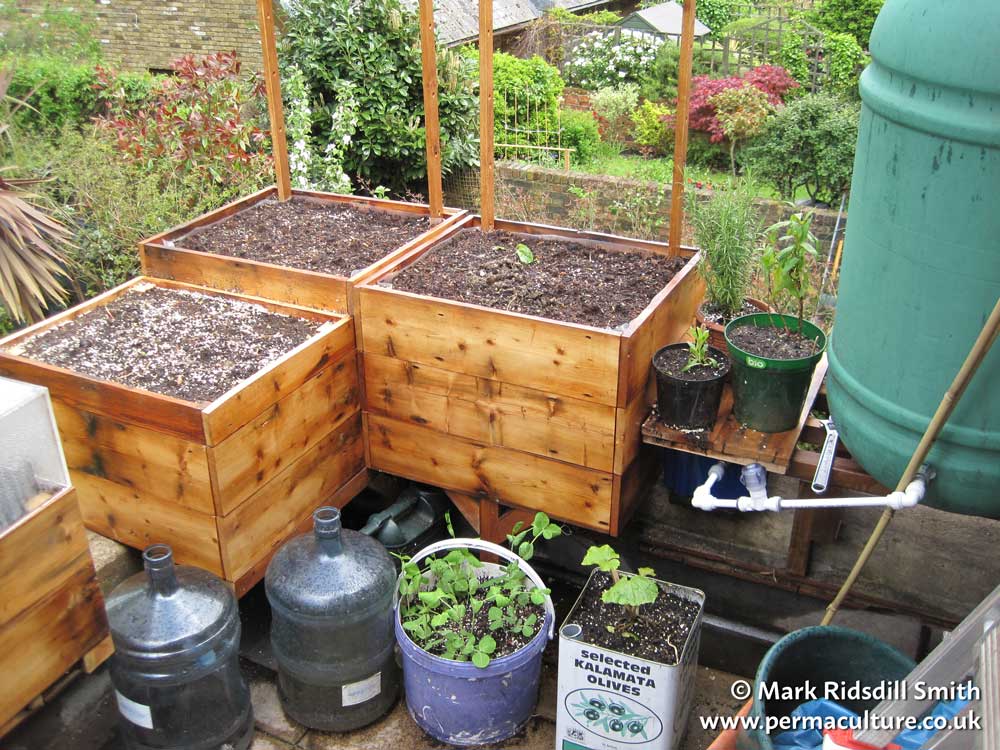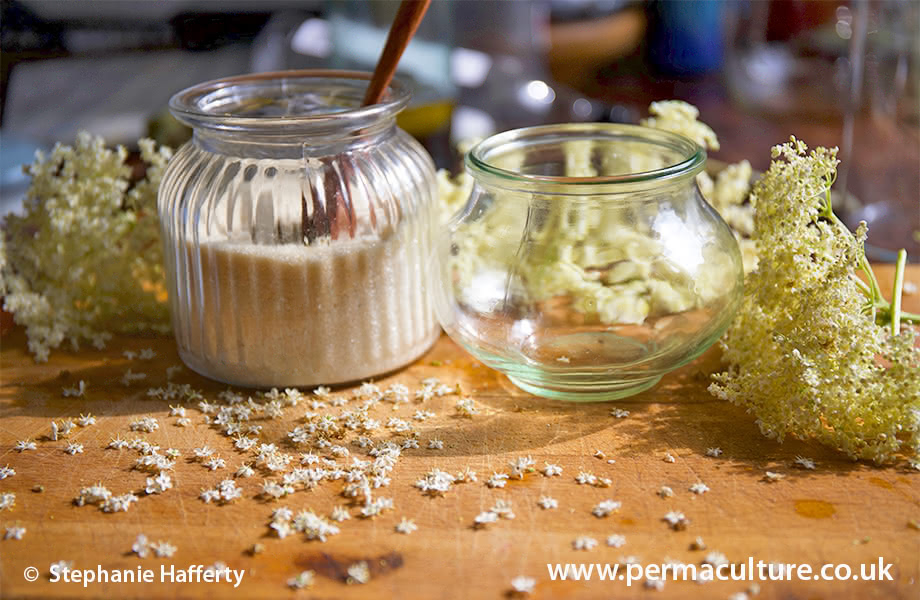As a permaculture teacher I am often asked h ow we can most effectively get permaculture ideas into the mainstream. While this is a very complex question in many ways, I think that probably the most efficient way is through the creation of models, of tangible and relevant examples that inspire a deep reverence through the innate common sense that they embody. I often use the term ‘sexy sustainability’ to refer to those hooks that draw people into permaculture. I’m sure we can ail think of the thing that we first saw and thought, “Hey, that’s clever”, and the deeper exploration that eventually led us to permaculture. Certain things are ‘sexier’ than others; strawbale building and local food being quite sexy, compost toilets and keylining still have a bit of catching up to do. My point is, we need these hooks, because as we know, permaculture is a relatively difficult concept to sum up in a snappy one liner (or a single paragraph even), whereas one beautiful example allows people to say “oh so THAT’S what permaculture is…”.
The house that Ben Law built in Sussex is sexy sustainability at its best. Indeed, to stretch the metaphors somewhat, if his house is sexy sustainability, The Woodland House, with its full colour lavishly illustrated blow-by-blow detailed account of its creation verges on pornography for natural builders. When shown on Channel 4’s Grand Designs programme, it did more to popularise natural building than anything up to that point. There was something about Ben’s house, lovingly crafted from local materials, beautifully sympathetic to its surroundings, irregular, crooked and charming, t ha t deeply t ouched people. It reminded them of houses in storybooks; magical homes in woodland clearings made from gingerbread and marzipan, with a fire in the hearth and a kettle on the stove.
Once Peak Oil begins to make its presence felt, one area t ha t will be profoundly challenged is how we house ourselves. The need will be for more localised economies, and for building systems that use predominantly local materials. There is a huge shortage of people skilled in how to use local materials, how to mix and apply clay plasters, build clay/straw or cob walls, build local stone foundations. It calls for a mass re-skilling on a scale seldom seen in the past. It also calls for us to rebuild the resource base of local materials. Locally grown hemp, straw, willow, coppice timber, good construction timber as well as local sources of clay and the reinstatement of small-scale lime kilns. One element of this is the need to re-evaluate our local woodlands as a resource for building. Rather than saying, “We know how to build houses in a particular way so we need 6 by 2s and 9 by 3s”, we will need to look at the wood we have and devise ways of building with that. It is a profoundly different way of thinking about shelter, but it is an important shift.
Ben’s approach to building his house started with materials. He selected the poles he wanted to build with and designed around them. He used no cement, no glues, no plastics, no rockwool, no toxic timber preservatives, no plasterboard, no PVC fascia boards, no polystyrene… This in itself is a hugely important statement at the peak of industrial civilisation. His house is a fusion of the best of the old and the best of the new. Solar panels sit alongside traditionally pegged joints. Highly efficient glazing sits in local timber frames. People sense from this house a connection back through history to a vernacular way of building that feels right. It embodies what Christopher Alexander calls a ‘Timeless Way of Building’.
Something about Ben’s building process also resonates with us as it exemplifies what a house building should be; an equal mixture of perspiration and inspiration, of hours up ladders and evenings around campfires, of old friends helping out and new friendships being formed. Sheltermaking doesn’t need to be a soulless and lonely experience in a sea of concrete blocks, it can be as much about building community as it is about building a house. This is one of the strongest things I see again and again in natural building projects, the fact that people will come and help. If you tell your friends, “PM is building a concrete house next weekend. Do you want to come and help?”, they will suddenly find things that they have to do that they had forgotten about. I have yet to do a natural building project, be it strawbale, cob or cordwood, where enough people haven’t come along to help.
The Woodland House is a gorgeous and glowing testimony to Ben’s house. It has enough text to teil you what you need to know, but it lets the colour photos do most of the talking, and the resuit is a beautifully produced book that you could leave on any coffee table, it would melt the most hostile of hearts. It has an excellent collection of resources and other information, and it does what Permanent Publications books do best, it celebrates its subject, while at the same time passing on the practical tools to allow us to make one ourselves.
Rob Hopkins is the founder of the Transition movement and author of From What Is to What If and several other books. Find out more about his work at











